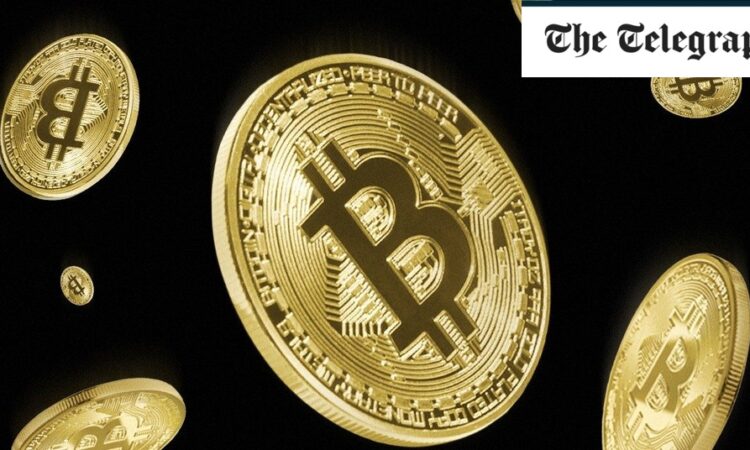
But Bitcoin ETF investors remain stuck in systems that rely on middlemen to enable transactions, causing delays, expense and the risk of blunders. Just look at the recent US banking crisis, when major lenders such as Silicon Valley Bank collapsed, or think of the financial turmoil that followed the implosion of Lehman Brothers in 2008: all examples of traditional institutions mismanaging their clients’ assets and wiping out millions or billions of dollars in an instant.
What’s more, Bitcoin ETF investors don’t benefit from the “private key” cryptography that ensures that data can’t be tampered with or altered and gives people the chance to interact directly with the world of crypto. Bitcoin ETFs also come with high fees ranging from 0.5pc to 2pc a year, which you don’t pay when you use your own crypto wallet. In fact, the transparent and “trustless” nature of crypto offers an unparalleled level of decentralisation.
As a Bitcoin purist, I don’t believe its future is as a speculative asset stored in ETF-like investment vehicles. Neither do I buy the idea that the Bitcoin “halving” due in April will boost its price.
A halving, which is when the rewards for Bitcoin “miners” or creators are halved, happens every four years and keeps the cap on the supply of Bitcoin at 21 million coins. Analysts say that since a halving preceded a rise in the price during previous cycles, the halving in April could support price rises by restricting supply and preventing Bitcoin inflation.
However, it’s time to sober up and accept that neither the Bitcoin ETF approvals nor the halving is likely to drive a fully fledged bull run. Sky-high valuations need to come with realistic disclaimers and we need to stop acting as if the recent American banking crisis were some vindication of the crypto ecosystem because this is a weak parallel.
The crypto price surges we saw following the banking crisis were driven by a range of financial trends such as growing optimism that America’s central bank might pause interest rate rises, while the global crypto adoption rate of 4.2pc, according to Triple-A, a crypto payments firm, is still not high enough to warrant the trumpeting of crypto as a safer long-term alternative to banks and traditional currencies.
Also, since the crypto market cratered last year, we’ve seen less buying and selling of Bitcoin by financial institutions.
I’m glad to see a positive spotlight on Bitcoin following last year’s banking meltdown because the digital coin itself was created after the 2008 financial crisis, when distrust in the banking system was at its highest. But we still have a way to go before a sustained bull run and recent events such as the Bitcoin ETF approvals, welcome as they are, won’t expedite one.






